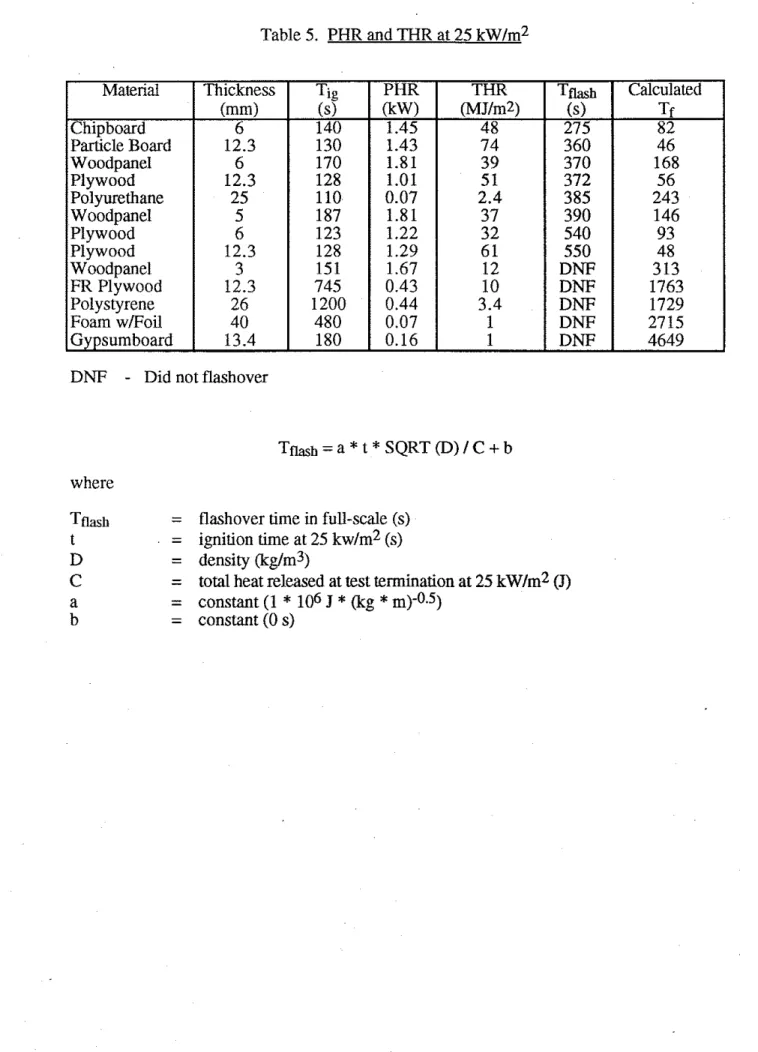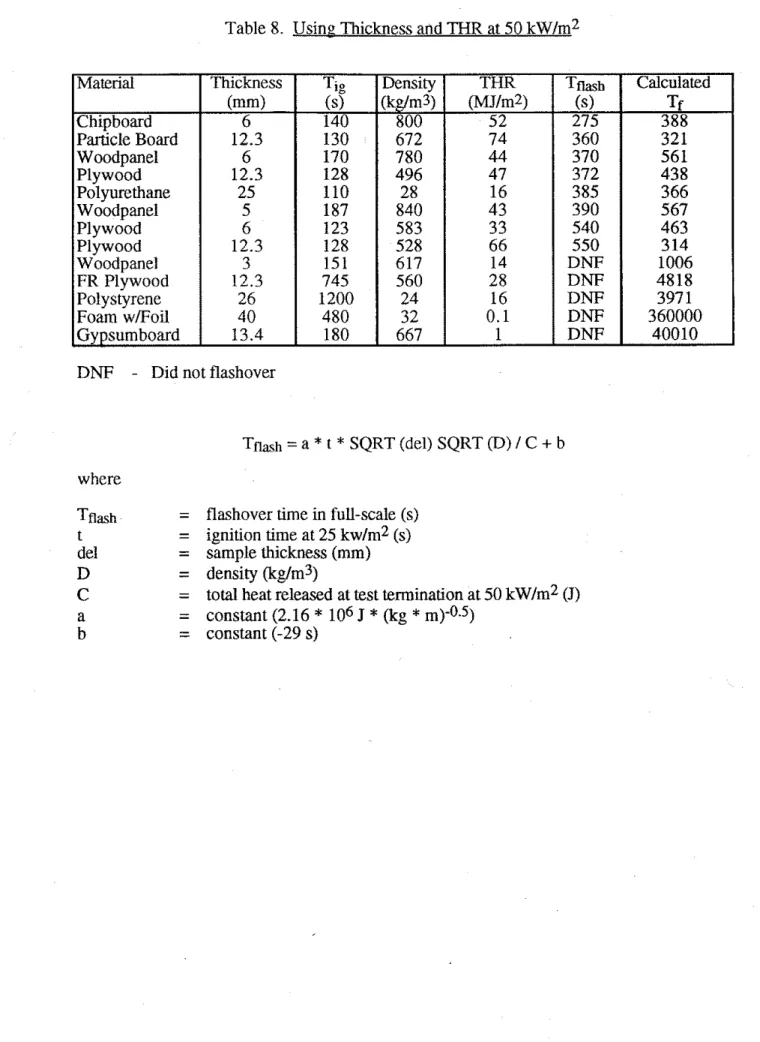Evaluating the fire hazard of lining materials using the OSU, cone calorimeter and full-scale fire test methods
Texte intégral
Figure




Documents relatifs
2001, année 1 de la European Federation for the Science and Technology of Lipids, verra le premier exercice budgétaire, le premier congrès réalisé en Grande-Bretagne sous le
(2010) observed in addition that prolate parti- cles exhibit preferential orientation in the streamwise direction, especially near the channel walls, the aspect ratio having a
proves that three apparently unrelated sets of convex cones, namely the class of linearly closed and convex cones of a finite-dimensional space, the class gathering all the cones
This study summarizes the refit of the 8.2 m LOA Government of Nunavut owned research vessel RV Papiruq to make it suitable for fisheries research in coastal (i.e.,
In particular, the Institute has studied a variety of fire problems related to confined fires by use of its 600 m 3 fire gallery (see figure 2) commissioned in 1982, still in
Especially, while the burning rate of thermally-thin materials does never reach a steady state in cone calorimeter, their pHRR appears to be mainly driven by the fire load (i.e.,
The disappearance of cone and seed pests following the 2003 fire resulted in a regeneration potential significantly higher in 2005- 2011 than before although large annual
It is of interest to analyze smoke release data from the cone calorimeter to understand whether it can shed light on the mechanism of thermal decomposition of materials or on
